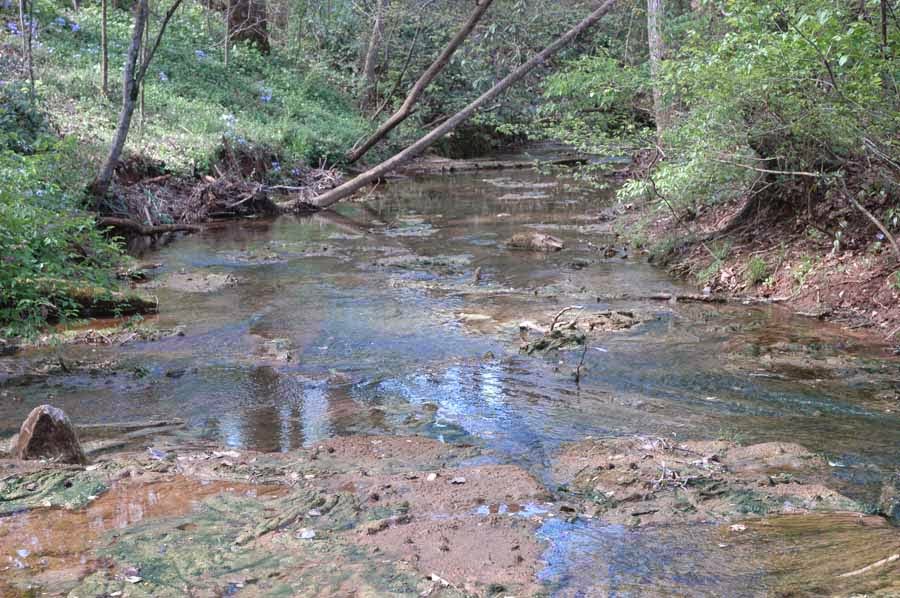This week I observed my little micro aquarium under a different type of microscope that had the ability to magnify at a higher rate and take photographs. After a week of resting, the organisms within my microaquarium have begun to flourish and thrive in their new environment. Upon observing I can across many more single cell organisms than I had initially, and even began to see quite a few more complex single cell organisms. I saw quite a crustacean like micro organisms (they were not crustaceans but they reminded me of horseshoe crabs). I also saw quite a few simple rounded organisms and even an amoeba. Though I took many pictures, the one I have chose to focus on this week is of the Litonotus Sp. which I classified from the book Free-Living Freshwater Protozoa. Here is what he looks like:
Based on what the book says, this is a juvenile for of Litionous Sp. This is recognized by the lack of a "ingestion region is extended giving it the appearance of a long neck" (Patterson 133). These little critters are typically found in a water column, substrate or detritus, and their mouths tend to be very hard to see (Patterson 133). This was one of many creatures I caught on camera and I can't wait to begin classifying them and sharing them next week!
Bibliography:
Patterson, D.J. 1992. Free-Living Freshwater Protozoa. Manson Publishing Ltd. 133pg.

